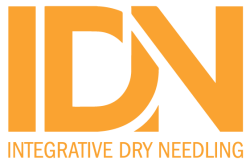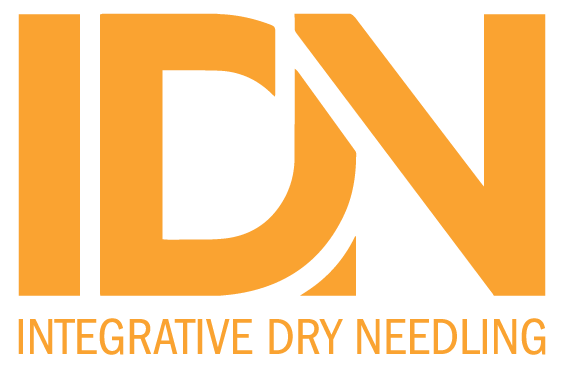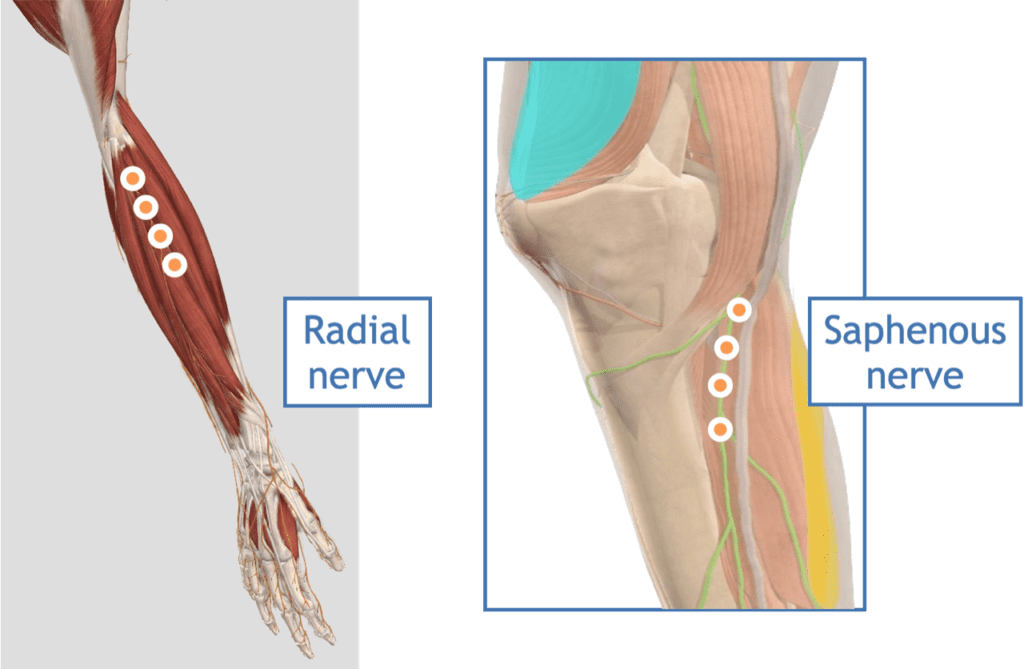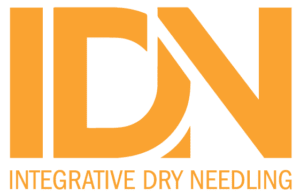Pain is routinely the focus of the patient examination as it is often the reason, they seek care and therefore serves as a cornerstone of clinical outcome. The concept of pain is a highly complex and multifaceted patient experience that makes assessment and treatment somewhat obscure and complicated. Scales such as the numerical rating scale or visual analogue scale may indicate a patient’s perceived level of pain intensity, however, these scales lack quantifiable information regarding the pain generator. Moreover, the information obtained from pain intensity scales provides insufficient data regarding clinical utility in guiding intervention strategies. Therefore, the use of psychophysical assessment measures should be considered to gain a more thorough understanding of the pathophysiology of the patient’s pain experience.
As we have discussed in prior blogs and in our courses, all injuries involve inflammation and improving our ability to control this pervasive process impacts the recovery of our patients. Acute inflammation causes peripheral nerve irritation and inhibition, which often resolves in minor injury or with healthy individuals. However, persistent inflammation (chronic) left untreated, or not well controlled, can contribute to altered sensory response of the nervous system, referred to central sensitization1. There is no well-defined time point of which chronic inflammatory pain begins to alter central processing and deciphering between them can be difficult. A clinical characteristic of someone who is demonstrating signs of centrally mediated pain is one who portrays widespread or “unexplained” pain. There are many methods for detecting the presence central sensitization, with the most common being quantitative sensory tests (QST). QST is a psychophysical test that involves applying a mechanical stimulus to the patient followed by them reporting on the sensation they perceive, i.e. pressure or pain. This information partnered with a thorough subjective history can be very informative clinically to the excitability of the central processing2.
Quantitative Sensory Testing: In the clinic
QST is a well-established method for identifying central sensitization in clinical research but can require expensive equipment, is often time consuming to perform, and in some cases, invasive. Since QST has been shown to have prognostic value in patients with chronic musculoskeletal pain3-5 it should also be incorporated into clinical practice. IDN provides a clinically efficient way to perform bedside QST using our peripheral nerve-mapping concept. The method consists of detecting and quantifying the number of passive (latent) neuro-trigger points (NTrP) present linearly down the radial and saphenous nerves for all four extremities. This evaluation method provides clinicians prognostic information pertaining to the patient’s overall response to dry needling treatment, needling dosage considerations, as well as information related to needling approaches.
QST and response to dry needling intervention
Dr. Dung, an anatomist, pioneered a quantitative pain assessment method back in the 1970’s that serves as the foundation for today’s IDN quantitative assessment. Dr. Dung and Dr. Ma originally assessed 110 points on thousands of patients, carefully documenting the number of tender, or sensitized points, each patient reported. The higher the number of tender points identified indicates a higher level of central sensitization, which reduces the efficacy of dry needling treatment, increases the number of treatments to obtain a desired effect, and increases the likelihood of the pain returning. Later, Dr. Ma reduced the number of points from 110 to 16 to improve the clinical utility of the assessment. Today, IDN’s 16-point QST provides clinicians a benchmark to predict a patient’s response to dry needling.
Needling Dosage: How QST provides useful information
There is currently limited information pertaining to optimal dosage in dry needling (number and size of therapeutic lesions). (see Dosage of Dry Needling Paper) The therapeutic lesion made by the needle requires energy and adequate microcirculation to heal. Those individuals who have higher QST scores may have lower healing potential due to the underlying pathophysiology of central sensitization. Therefore, we recommend lower needling dosages initially for patients with higher QST scores to reduce unwanted post-treatment soreness. Alternative needling techniques could involve cutaneous needling, basic needling techniques (no pistoning, twisting, or tenting), or needling with electrical stimulation due to the enhanced benefit on the central processing centers for pain6-8.
The more widespread the pain, the more widespread the treatment
Patients that present with a local and/or regional complaints maybe unaware of the remote sensitized tissue identified with the QST. The results may be used to explain to patients the importance of addressing nervous system dysfunction and systemic inflammation with a more global needling approach. Another important concept that impacts the treatment approach involves a limitation of QST. That limitation is the inability of the clinician to definitively conclude that their results are strictly due to abnormal central processing versus influence from peripherally sensitized tissue. In reality, it is likely a combination of both. In these instances where passive NTrP are detected, beyond the area of the patient’s chief complaint, the need to treat the systemic dysfunction is necessary. This can be accomplished by expanding from strictly a local treatment approach and broaden into the application of dry needling that includes segmental and distal needling. Peripheral nerve mapping is key to executing this successfully by integrating the 3 S’s of the IDN system; symptomatic, segmental, and systemic to treat the 3 I’s; inflammation, irritation and inhibition. (see Inflammation, Irritation, Inhibition; The 3 I’s of Dry Needling paper).
Reference List:
- Latremoliere A, Woolf CJ. Central sensitization: a generator of pain hypersensitivity by central neural plasticity. J Pain. 2009;10(9):895-926.
- Curatolo M, Arendt-Nielsen L. Central hypersensitivity in chronic musculoskeletal pain. Phys Med Rehabil Clin N Am. 2015;26(2):175-184.
- Lim EC, Sterling M, Stone A, Vicenzino B. Central hyperexcitability as measured with nociceptive flexor reflex threshold in chronic musculoskeletal pain: a systematic review. Pain. 2011;152(8):1811-1820.
- Mallen CD, Peat G, Thomas E, Dunn KM, Croft PR. Prognostic factors for musculoskeletal pain in primary care: a systematic review. Br J Gen Pract. 2007;57(541):655-661.
- Uddin Z, MacDermid JC. Quantitative Sensory Testing in Chronic Musculoskeletal Pain. Pain Med. 2016;17(9):1694-1703.
- Huang W, Pach D, Napadow V, et al. PLoS One. 2012;7(4): e32960.
- Chae Y, Chang D, Lee S, et al. inserting needles into the body: a meta-analysis of brain activity associated with acupuncture needle stimulation. The Journal of pain 2013;14(Number 3 March):215- 22.
- Zyloney C, Jensen K, Polich G, et al. Imaging the functional connectivity of the Periaqueductal Gray during genuine and sham electroacupuncture treatment. Molecular Pain 2010;6(80




